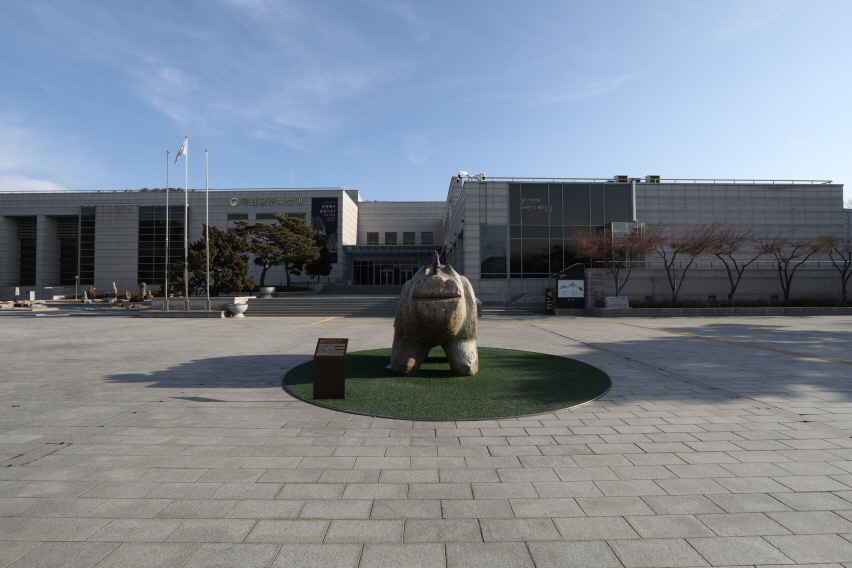
This is a thematic museum that sheds light on the history of Gongju. It contains the King Muryeong’s Royal Tomb Hall, which provides a deep insight into Muryeong, the 25th king of Baekje, and the Prehistoric and Ancient Culture Hall, which presents the history and culture of Chungcheongnam-do Province from the Old Stone Age to the Unified Silla Period. Buddhist artifacts excavated from the Gongju area are on display in the outdoor exhibition zone, and they include the stone structures from the Daetongsa Temple site and a statue of the seated Buddha from Seohyeolsa Temple site. When you climb the Samawangdulle-gil (back road of the museum), you will come across the Jeongjisan Historical Site, where rituals were conducted in the Ungjin Baekje Period. Here, you can enjoy an amazing view of Gongsanseong Fortress and the Geumgang River.
34, Gwangwangdanji-gil, Gongju-si, Chungcheongnam-do (360 Ungjin-dong)
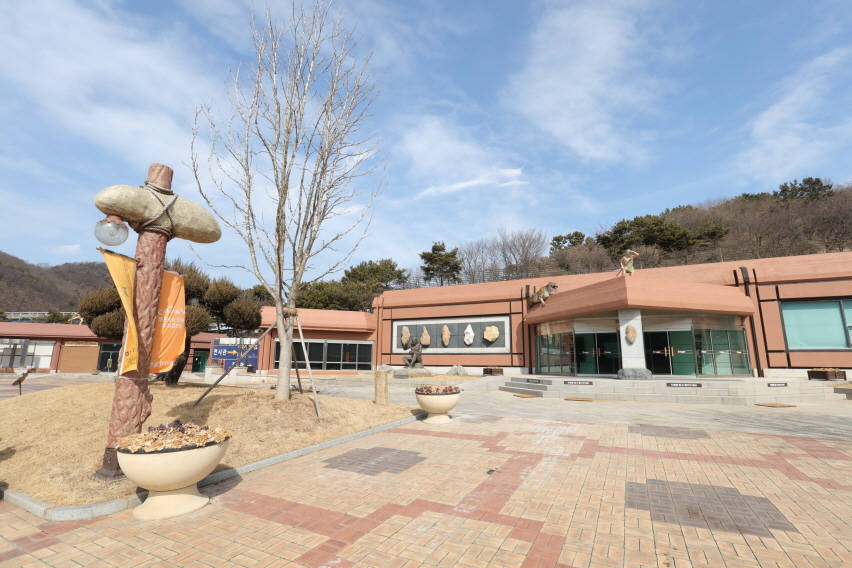
Seokjangni Museum is a representative museum that provides a deep insight into the Paleolithic Era, when written language was non-existent.
990, Geumbyeok-ro, Gongju-si, Chungcheongnam-do
09:00 ~ 18:00 (closed on Seollal (Lunar New Year’s Day), Chuseok)
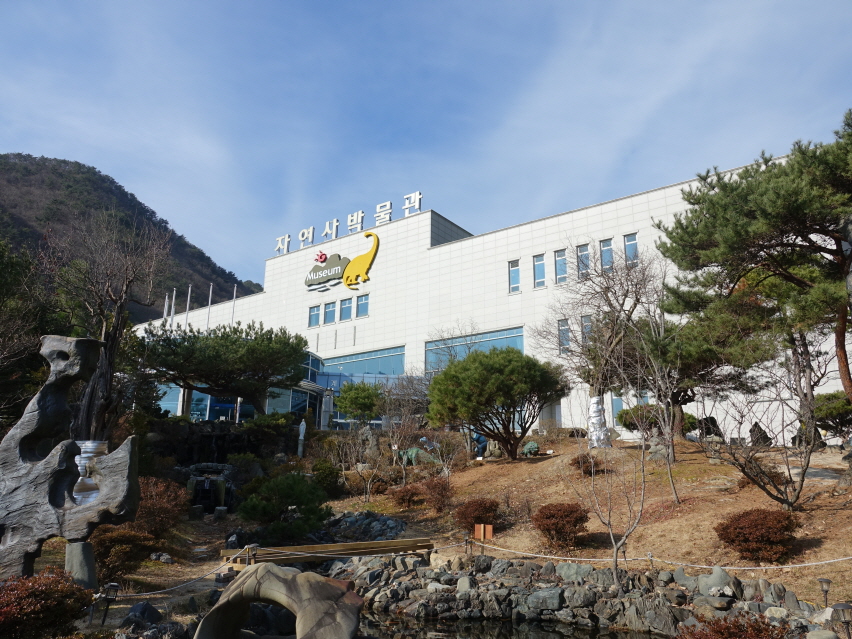
Gyeryongsan Natural History Museum is the largest museum of Korea, established in the foothills of Gyeryongsan Mountain, known for its splendid natural scenery. It contains three thematic halls: “Dinosaur World,” “Land of Life, Earth,” and “Man and Nature.” It contains exhibits that delve into natural sciences and history such as a mysterious iron meteorite, the mammoth of the Cenozoic Era, and General Hakbong Mummy, making it a great place of learning.
49-25, Imgeumbong-gil, Banpo-myeon, Gongju-si, Chungcheongnam-do
10:00 ~ 18:00 from October to June and 10:00 ~ 19:00 from July to September
(closed every Monday an open until 20:00 every Saturday from April to October)
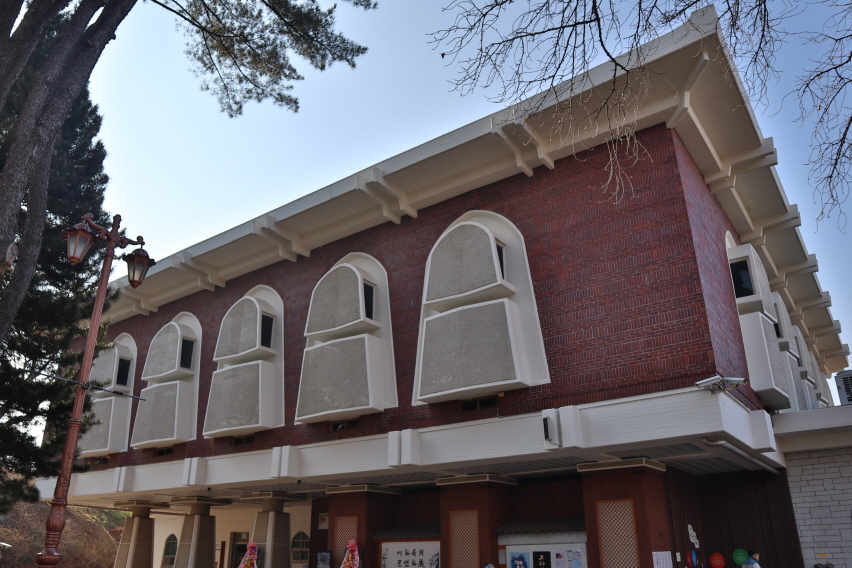
Chungnam Museum of History sheds light on the culture and spirit of the people of Chungcheong-do Province through folk items and historical documents dating from the Joseon Dynasty to the period of modern and contemporary history. Formerly called Gongju Museum, it contains a Japanese umbrella pine tree (Sciadopitys verticillata), which is speculated to have been planted in the Japanese occupation period. This particular species of tree was used to make the casket for King Muryeong of Baekje.
24, Gukgogae-gil, Gongju-si, Chungcheongnam-do
09:00 ~ 18:00 (09:00~17:00 in winter, closed on January 1 and every Monday)
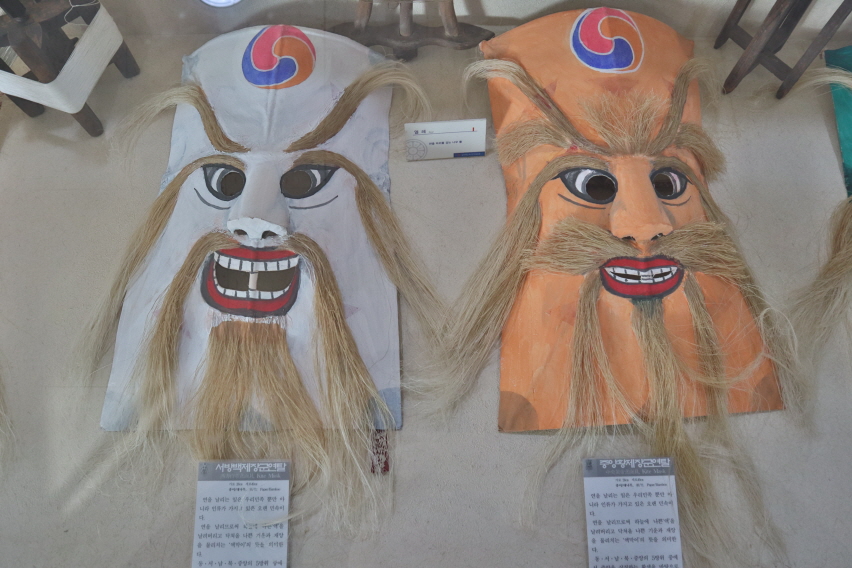
The Gongju Folk Drama Museum houses the largest amount of research materials on Korean folk drama theater. On display are the masks and costumes of region-specific mask dances and other materials on folk plays around the world. It also exhibits farming tools and various other household goods that have been used in the past and hosts the Kkumdarak Culture School for children.
17-15, Dolmoru 2-gil, Uidang-myeon, Gongju-si, Chungcheongnam-do
09:00 ∼ 17:00 (10:00 ∼ 17:00 in winter)